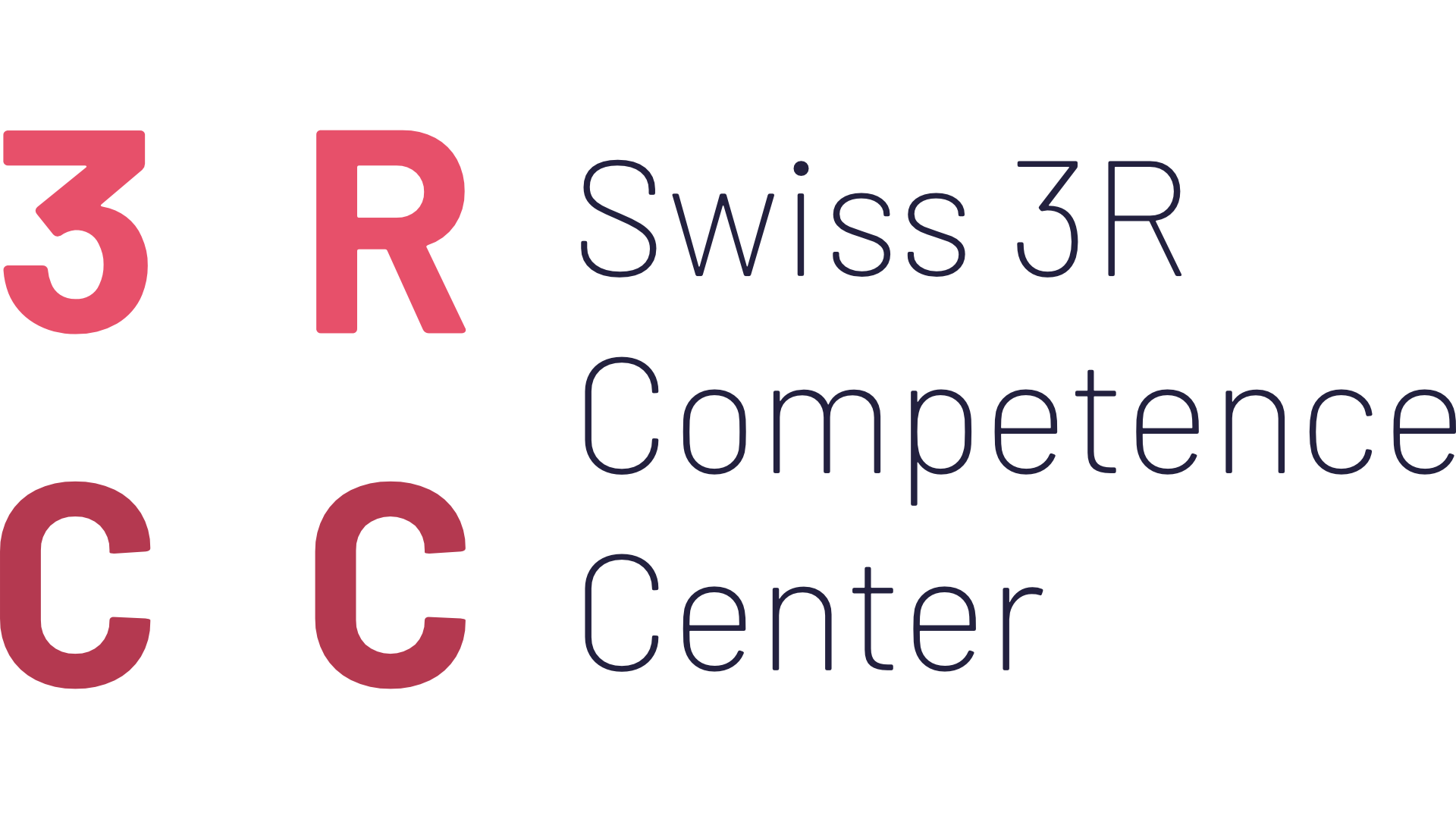HIGHLIGHTS
- Proposal for a more humane procedure for generating transgenic mouse and rat models
- Current method involves invasive surgery, anesthesia, and potential post-operative pain
- Suggests implementing non-surgical embryo transfer (NSET) for mice and rats, similar to human procedures
- Aims to compare NSET with conventional embryo transfer and potentially replace invasive methods to reduce animal suffering and complications
BACKGROUND
We propose a simplified, more animal-friendly procedure to generate mouse and rat transgenic models. Typically, transgenic rodents in our lab and other transgenic units in Switzerland are produced by transfer of manipulated early stage embryos (2-cell stage, blastocysts, morulas and so forth) into foster female mice via a sophisticated surgery involving anesthesia, cutting of the skin and body wall as well as of the uterus for embryo transfer. Recovery takes time and can be painful post-operation, as this is a highly invasive procedure. In rare cases, it may lead to more severe complications that may necessitate animal sacrifice. To circumvent this unfavorable procedure and potential outcomes, we propose to implement in our lab non-surgical embryo transfer (NSET) procedure for mice and rats, which only involves a short anesthesia and simple, non-invasive introduction of embryos into the uterine horn of females, quite similar to how it is performed in humans. To close, our motivation is to reduce animal suffering and complications by establishing a less invasive procedure to generate transgenic animals, with implication that extend to other labs and transgenic units.

